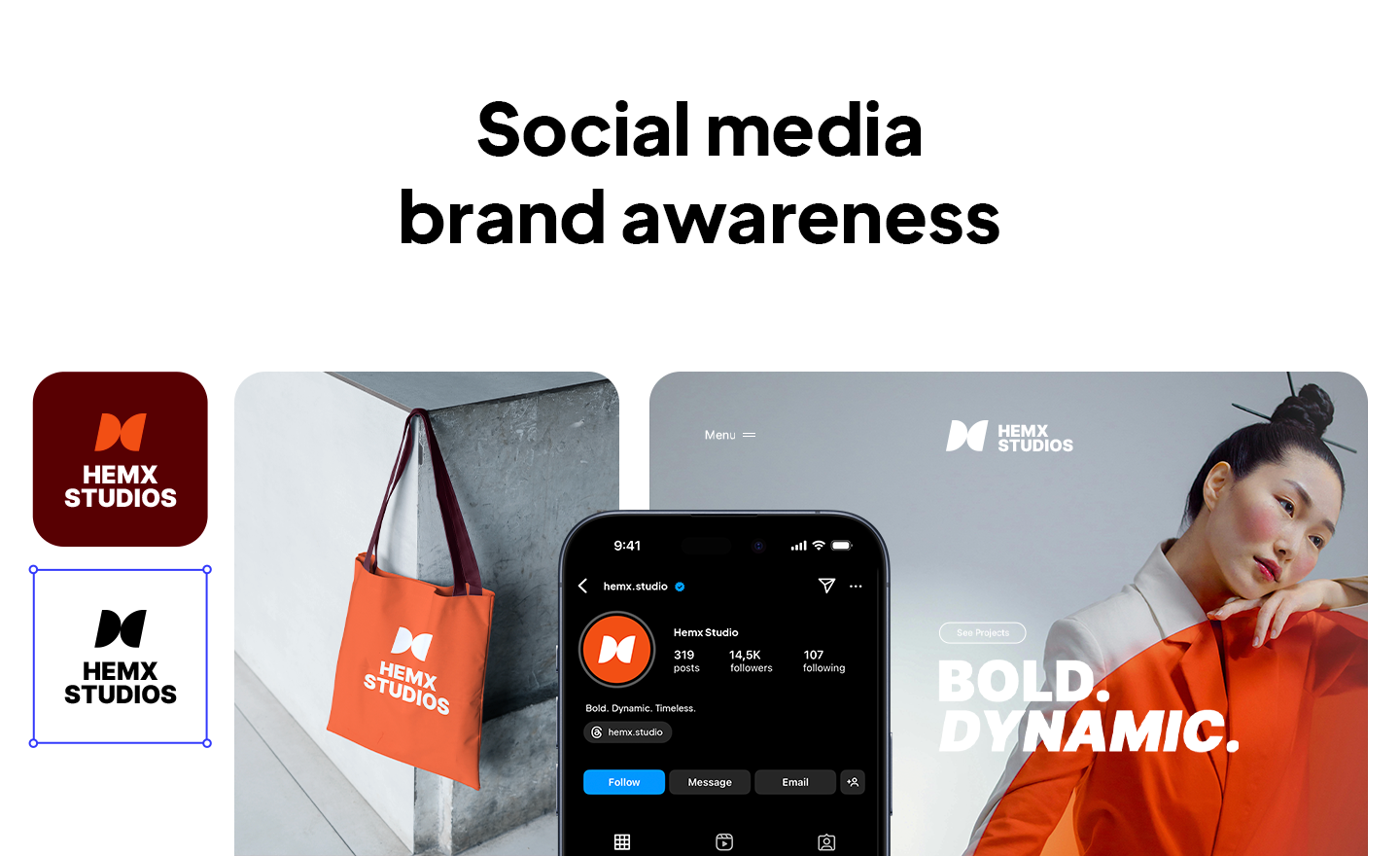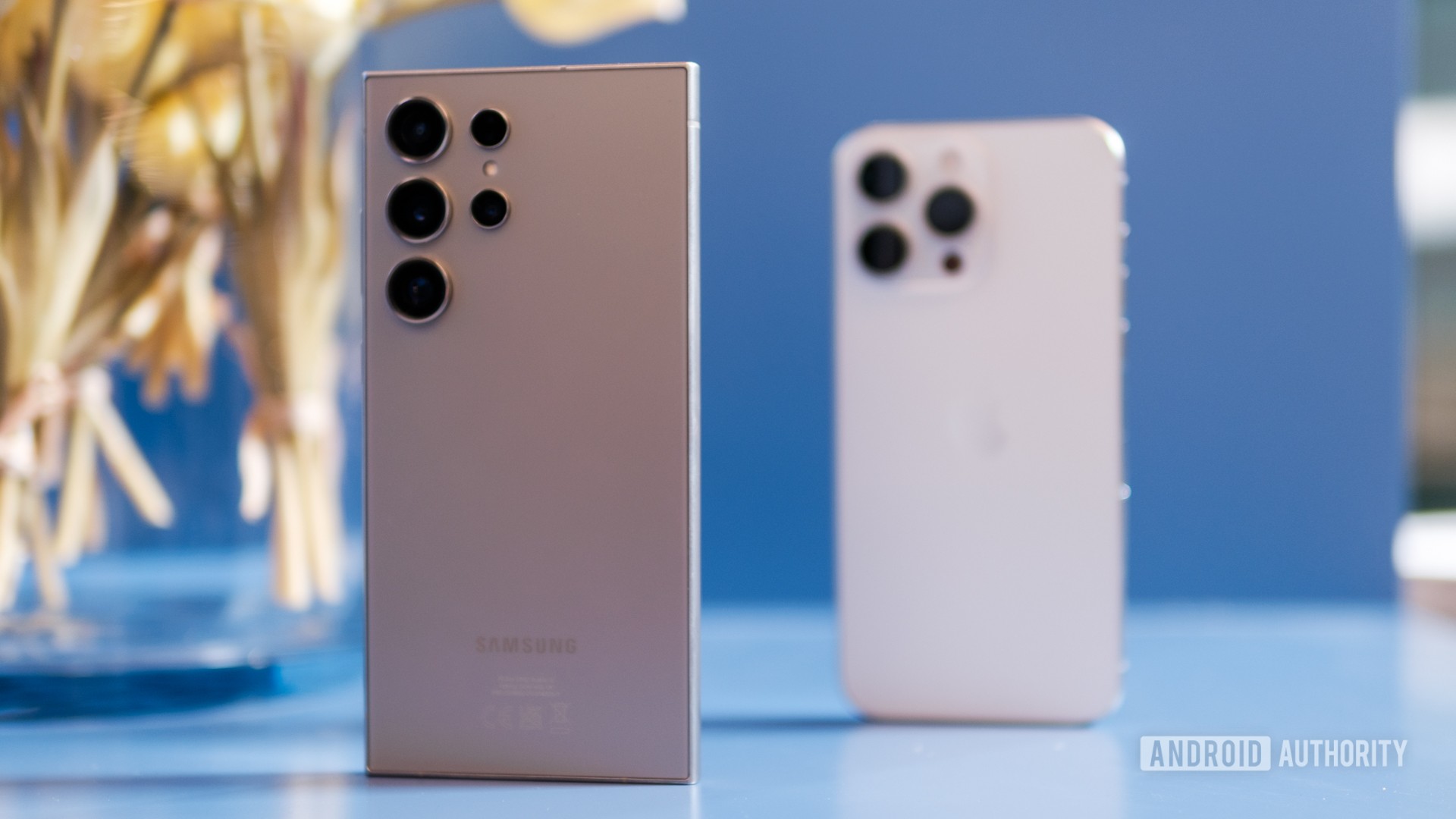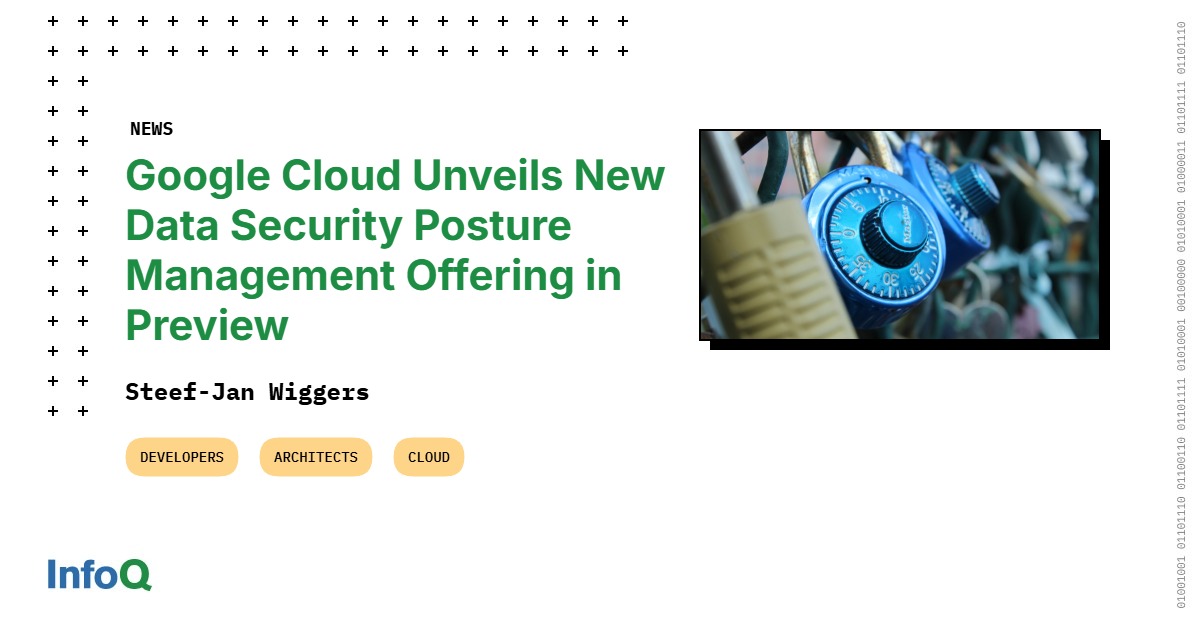Brand awareness is the spotlight of social media marketing, and everyone wants it, but few can clearly define or measure it. It gets very easy to create social media brand awareness if you have your goals and audience defined. When done correctly, you can grow your brand awareness exponentially.
You might see a spike in followers or impressions, but does that really mean more people know and remember your brand? This is what misleads many marketers. That’s what this article is about: focus on the metrics that matter, the tools to track them, and the goals that truly build brand awareness.
How to improve social media brand awareness?
Before you can measure brand awareness, you need to build it. Social media is filled with so much content, so many new brands and names pop up every day, that building lasting brand awareness is a real marketing effort. You should be unique to be remembered. A few proven strategies can make all the difference.
1. Content that sparks attention
Storytelling, short-form videos, and platform-native formats like Instagram Reels or LinkedIn carousels grab attention quickly. And all you should work hard to get these days is the users’ attention. These formats feel natural to users and make your brand easier to remember. A tip from my experience is using real people to tell those stories. Stories told by the real people behind the business are always winners.
At 10Web, Armine Hayrapetyan, Senior Marketing Specialist, emphasizes consistency in content as a driver of awareness: “I primarily use social media to showcase our products and features. For example, I highlight our builder used for small businesses like photography, vacation rentals, and restaurants, along with domains, hosting options, and other key features. By consistently sharing this content, I aim to increase visibility and recognition of our brand.”
2. Engage with communities
Awareness grows when your brand joins conversations, not just broadcasts messages. Collaborating with influencers, participating in niche groups, or responding actively to followers helps your brand become part of the community people trust. A cheap but very effective strategy is to make your users brand ambassadors. They use your product/service, get inspired, and create content that promotes your brand.
3. Use paid awareness campaigns
Social platforms offer ad objectives designed specifically for brand awareness. Running reach- or impression-focused campaigns on Meta, TikTok, or LinkedIn ensures your message gets in front of new audiences beyond your existing followers.
4. Stay consistent with brand voice
Awareness depends on recognition. Keeping a consistent tone, look, and message across all platforms reinforces recall and helps people instantly connect content back to your brand.
What is the takeaway? Growing brand awareness comes from showing up consistently with content that grabs attention, connecting with communities, and boosting reach through campaigns.
How to set realistic goals for social media brand awareness?
When your goals are clear, so are your strategies to improve awareness. Without structure, it’s easy to chase unimportant metrics or expect results too quickly. Here’s how to keep your goals grounded.
Adapt SMART goals
Awareness goals should be SMART: Specific, Measurable, Achievable, Relevant, and Time-bound. Instead of saying “we want more reach,” set a target like “increase positive brand mentions on Instagram by 15% over the next 90 days.” Track and update results regularly.
Set a benchmark against competitors
Your goals should reflect your market position, not Nike’s or Starbucks’. Compare your engagement and awareness rates to industry averages or direct competitors to see what’s realistic. Competitor gap analysis also highlights where your brand has the strongest potential to stand out.
Track progress over time
Awareness grows gradually. By reviewing metrics quarterly or annually and even weekly, you’ll spot trends that short-term snapshots miss. For example, a campaign might not explode immediately but could steadily build recognition that compounds over months.
What are the core metrics that matter?
The three metrics that matter most for social media brand awareness are engagement quality over quantity, multi-metric awareness tracking, and sentiment & topic analysis.
These social media metrics go beyond numbers and show real visibility and perception. Many marketers, including Armine, start with the basics: “I don’t use specialized tools for measuring brand awareness. I track basic engagement metrics such as views, likes, comments, and follower growth over a period of time. Success is generally determined by increases in these metrics, indicating that more people are seeing and interacting with our brand.”
This baseline is important, but a complete picture requires looking deeper. Let’s go into detail on the core metrics that matter.
Engagement quality over quantity
A spike in likes may feel encouraging. However, deep engagement, such as shares, saves, comments, and replies, shows that people are not only noticing your content but also taking the extra step to interact with it. It shows real interest and can lead to conversion. These actions often indicate stronger recall and brand connection compared to passive likes or simple views.
Multi-metric awareness tracking
No single metric will ever capture “awareness.” Instead, try building a brand awareness score that combines several signals:
- Reach and impressions (how many people saw you)
- Follower growth (is your audience expanding?)
- Deep engagement rate (are people interacting in meaningful ways?)
- Branded search volume (are people looking for you outside social platforms?)
From my own experience of running social media for a small business, I’ve learned that one metric alone can be misleading. A post might get lots of impressions but little engagement, while slow follower growth can pair with rising searches and messages, showing people are discovering and seeking us out.
By blending multiple metrics into one score, you get a more accurate snapshot of brand growth than by focusing on any single number. Schedule a quarterly review of these metrics, and you will start noticing whether your social media awareness techniques work or not.
Sentiment & topic analysis
Tracking mentions and engagements tells you how much people are talking about your brand, but sentiment analysis reveals what they’re actually saying. Are conversations positive, negative, or neutral? Are your brand values being reinforced or challenged? Sentiment analysis means going beyond just counting mentions of your brand to understanding the tone and attitude behind those mentions.
Are there tools and approaches to measure awareness?
You can measure brand awareness using a mix of tools and methods. Some of these tools include social listening, branded search data, user-generated content, and surveys. Let’s look at these approaches that will give you a more complete picture.
1. Social listening & share of voice analysis
Social listening tools track how often your brand is mentioned across platforms and compare it with competitors. One useful metric is share of voice (SOV):
The formula is simple: (Your brand mentions ÷ Total industry mentions) × 100
If your brand is mentioned 500 times in a month and the industry total is 5,000, your SOV is 10%. This shows your position in the conversation relative to competitors. Tools like Sprout Social, Brandwatch, or Talkwalker make this data easy to capture and analyze.
2. Branded search uplift
Awareness doesn’t stop on social platforms. When people remember your brand, they often search for it elsewhere. Tools like Google Trends, SEMrush, or Ahrefs help track branded search volume over time. A steady increase signals that your campaigns are working.
3. User-generated content (UGC) as awareness signal
When users create content around your brand – whether tagging you in a post, using branded hashtags, or mentioning your product, that’s a powerful awareness indicator. The more people contribute their own content, the wider your reach extends beyond paid or owned media. Tracking hashtag usage, influencer mentions, and tagged posts provides tangible proof that awareness is spreading organically.
4. Pulse surveys & social panels
Sometimes the clearest way to measure awareness is to ask directly. Short pulse surveys on Instagram Stories, LinkedIn polls, or even third-party survey tools can measure if your audience recognizes your brand or recalls your campaigns. Do this sometimes, and you will get an idea of where you’re at with social media brand awareness.
Real cases and examples from brands
Look at the most famous examples to get inspired. This is how brands achieve social media brand awareness.
Nike: UGC + share of voice
Nike has long encouraged customers to create and share their own stories – from workout posts to hashtag-driven campaigns like #JustDoIt. By tracking how much of the conversation they own compared to competitors (share of voice), Nike can measure not only visibility but also how strongly user-generated content boosts their brand.
Starbucks: sentiment + engagement quality
Starbucks often uses seasonal campaigns, like the pumpkin spice or holiday drinks, that spark massive online chatter. Instead of focusing on likes alone, they track comments, shares, and sentiment to understand whether people are engaging positively with their brand. This mix of volume and tone gives a clearer picture of true awareness.
Turn awareness into growth
Social media brand awareness means people remember your brand, interact with it, and talk about it in ways that match your goals. To build this, focus on strategies that improve visibility, use the right metrics and tools to track progress, and set realistic goals to grow steadily over time.
The key takeaway: don’t just chase numbers. Instead, mix smart strategies with meaningful tracking and clear goals. That’s how brand awareness becomes a real driver of business growth.
FAQ
What is the importance of brand visibility?
Brand visibility ensures that people not only see your brand but also recognize and remember it. Strong visibility increases recall, builds credibility, and makes it easier for your brand to stand out in crowded social media spaces.
How can companies reach a wider audience?
Companies can expand their reach by creating attention-grabbing content, joining community conversations, and running paid campaigns focused on impressions or reach. Partnering with influencers and encouraging user-generated content also helps extend visibility to new audiences.
Which platforms work best for growing recognition?
The best platforms depend on your audience, but social media channels like Instagram, TikTok, LinkedIn, and Meta are highly effective for awareness campaigns. Each offers native formats and ad objectives designed to maximize reach and brand recognition.
How do you measure audience engagement?
Audience engagement is measured through actions that go beyond likes, such as shares, comments, saves, and replies. These deeper interactions signal real interest, stronger recall, and a meaningful connection with your brand.
What strategies help build trust online?
Trust grows when brands engage authentically with their communities, respond to feedback, and showcase real people behind the business. Consistent, transparent communication and user-generated content also strengthen credibility and foster long-term loyalty.
What role does consistency play in growth?
Consistency in brand voice, visuals, and messaging reinforces recognition and makes it easier for people to recall your brand. Regular, steady content also builds momentum, showing audiences that your brand is reliable and active.
What metrics show campaign success?
Successful campaigns are reflected in a mix of metrics, including reach, impressions, follower growth, and meaningful engagement rates. Sentiment analysis and branded search volume also reveal whether awareness is growing in a positive, lasting way.











